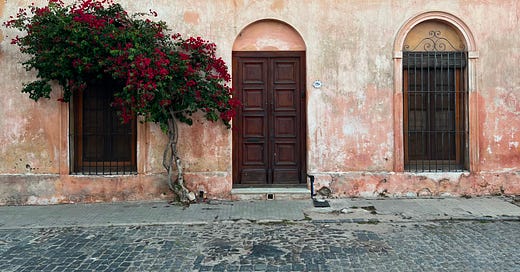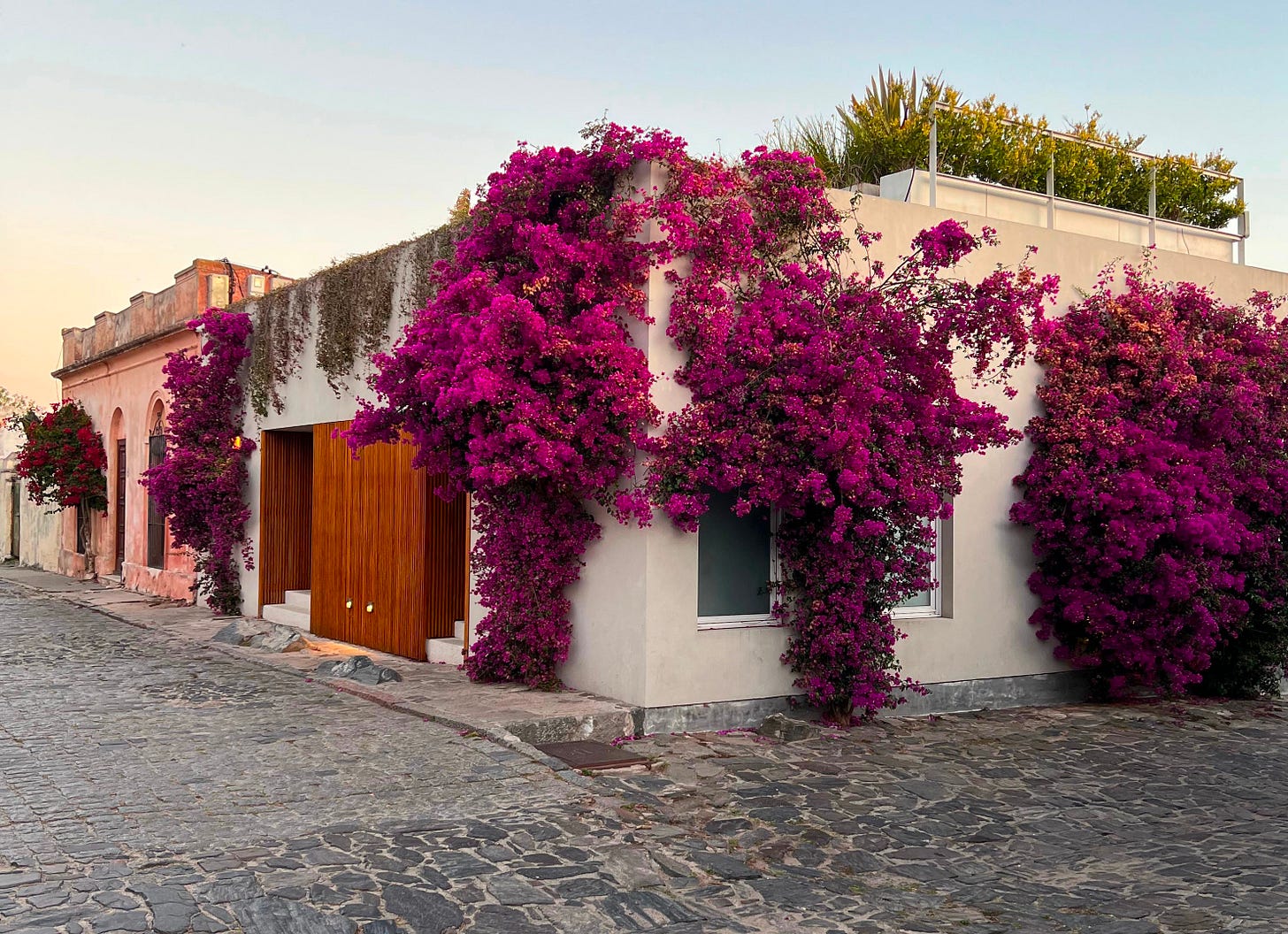Uruguay: The Often Overlooked Gem of South America
Prior to researching a trip to Argentina a couple of years ago, the country of Uruguay barely registered on my radar. I’d likely have struggled to pinpoint it on a map...
As I plotted out an Argentine itinerary, I kept finding myself drawn towards Uruguay. Initially intrigued by the idea of a day trip from Buenos Aires, I quickly realized that one day wouldn’t do this understated gem of a country any justice.
If you're traveling from Buenos Aires, a short ferry ride across Río de la Plata—an immense river that forms much of the border between Argentina and Uruguay—will take you to Colonia del Sacramento. Also known as Colonia, this UNESCO World Heritage site is known for its well-preserved colonial architecture, blending Portuguese and Spanish influences. For those interested in a direct journey to Montevideo, the capital to the 3.5 million people living across Uruguay, ferries are also available.
Arriving in Uruguay with little prior knowledge allowed for a chance to experience it with a fresh perspective.
As the drive west from Colonia to our first destination unfolded, we tuned into that morning's episode of The Daily. It was a deep dive into Uruguay's history and its commitment to sustainable cattle ranching. The timing of the episode felt like a sign that we’d made the right choice in carving out time from our original itinerary.
Here’s what we learned: cattle outnumber people four to one, ranching dominates the landscape, and beef? It’s practically a national religion.
While many wine enthusiasts visiting South America gravitate toward the vineyards of Mendoza, we opted for a lesser-known region in Maldonado, southern Uruguay. We arrived at Sacromonte Landscape Hotel and soon discovered it was much more that just that. It’s a sprawling vineyard, known for both its wine production and the network of trails that wind through the local flora and fauna. The landscape itself is the heart of the experience.
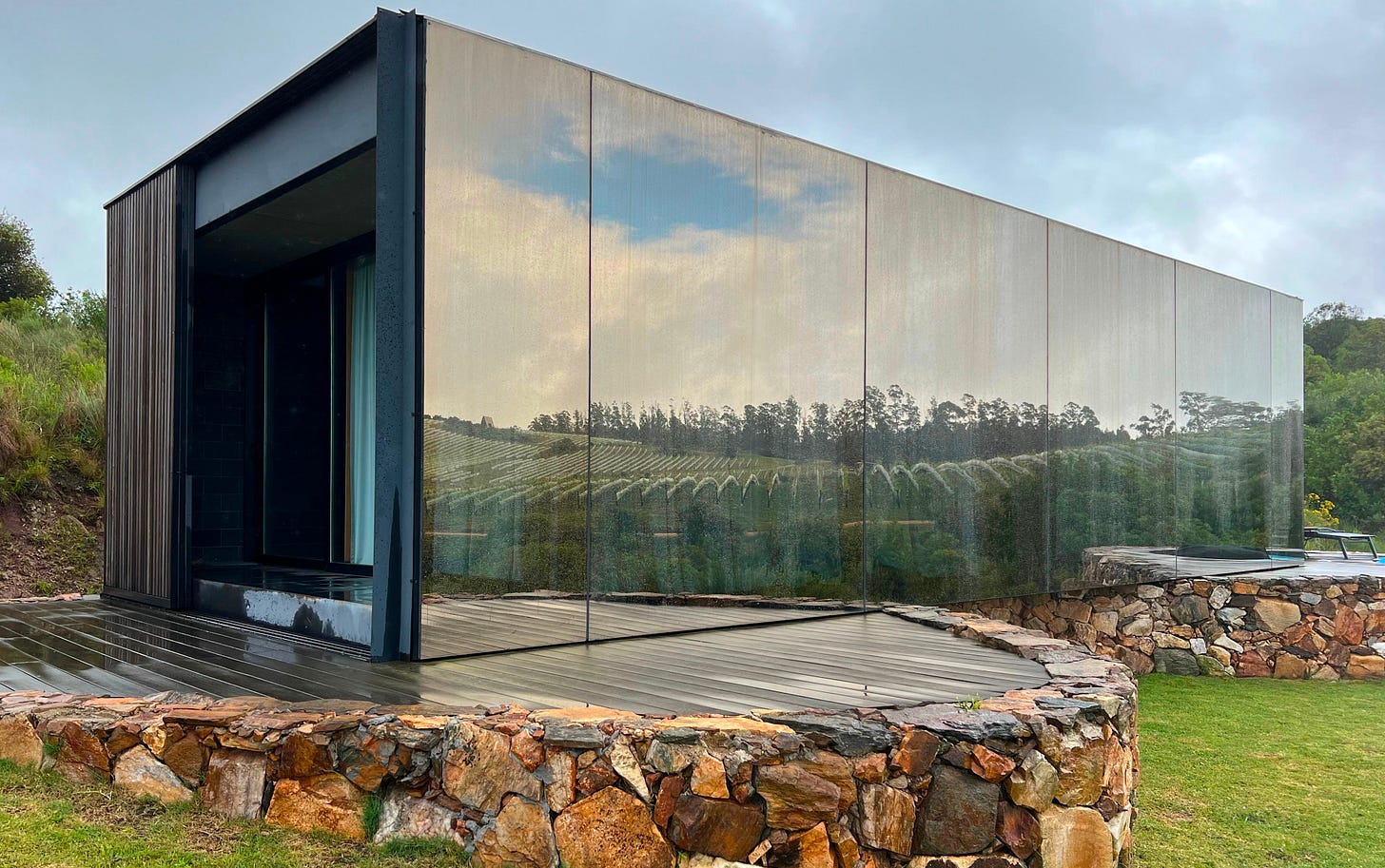
While the four boutique cabins nestled among the Tannat vines initially caught my eye, it was the tranquility of being immersed in the surrounding nature that left a lasting impression.
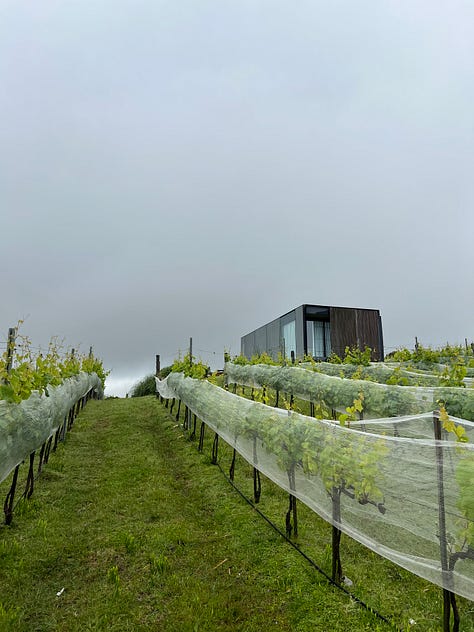
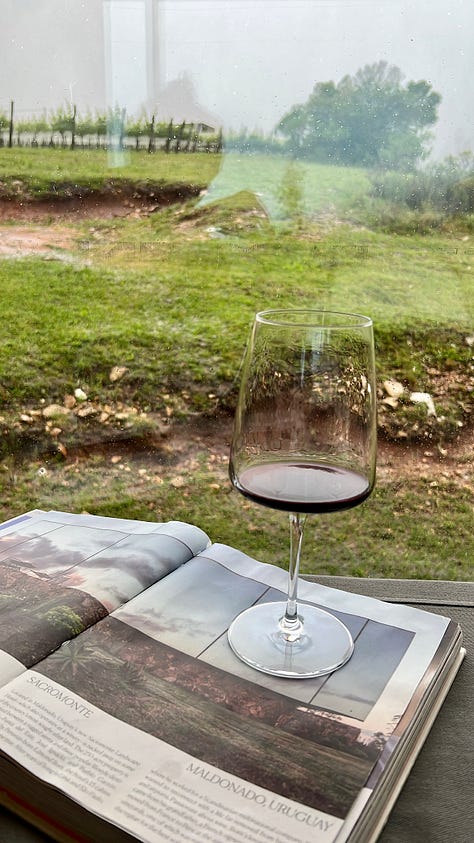

Fortunate to be the only guests during the two-night stay (likely a perk of booking just outside peak season) there was plenty of opportunity to explore the 250-acre property in complete solitude. Our stay included a luxurious cabin with a hot tub overlooking the vineyards, a complimentary breakfast, access to a golf cart for exploring the property, and plenty of freedom to roam at our leisure. I highly recommend letting the staff prepare meals for you rather than leaving the property. Paired with wines from the vineyard, of course. The culinary experience is an essential part of the stay.
After a couple of restorative days at Sacromonte, we headed south to the coast. While Punta del Este is famous for its upscale resorts and nightlife, we opted for a quieter retreat in José Ignacio. Though still home to modern luxury, the town of José Ignacio doesn't flaunt it like its flashier neighbor. Visiting in late November, we found the town just waking up from its off-season slumber, quietly preparing for the influx of bohemian travelers ready to embrace its understated charm.


Here are some handpicked recommendations for places to stay, dine, and experience while visiting José Ignacio and the surrounding wine region.

